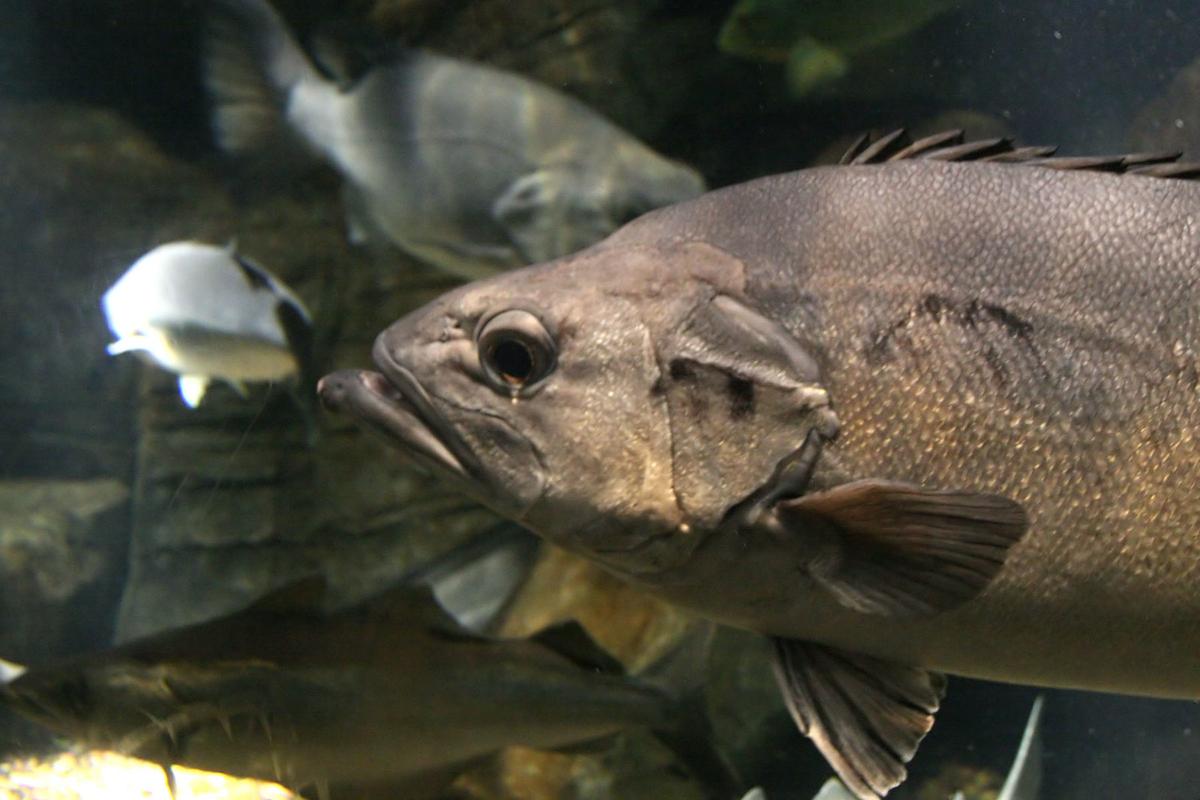D: You know what I wonder about sometimes, Yaël? How humans will look thousands or millions of years from now. It’s too bad that we’ll never know, isn’t it? Evolution happens so slowly.
Y: It usually does, Don, but sometimes we can see clear evolutionary changes occur within only a hundred years. That’s what happened to saltwater steelhead trout—they evolved to live in freshwater within a century.
D: Well, don’t leave me on the hook. How did that happen?
Y: The story starts in the late nineteenth century, when game fishermen transplanted a group of trout from the Pacific Ocean to the freshwater of Lake Michigan. Freshwater wasn’t completely new to the trout: though they spent long periods of their adulthood in the ocean, they hatched in rivers and returned to rivers to spawn. Scientists wanted to find out how this group evolved to live exclusively in freshwater, so they sequenced the genomes of steelhead from the source water in California, as well as steelhead collected from Lake Michigan years ago to track the process of adaptation. They found DNA differences in three regions: two that help regulate internal salt balance, and one that helped with wound healing.
D: Rainbow trout live in freshwater, right? Did the steelhead breed with them to adapt to their new environment?
Y: Surprisingly, no, and they probably didn’t mutate either. Researchers think that some of the transplanted steelhead likely had the right versions of the genes to start with, and they’re the ones that survived and thrived.
D: Sounds like they got their lucky break.









